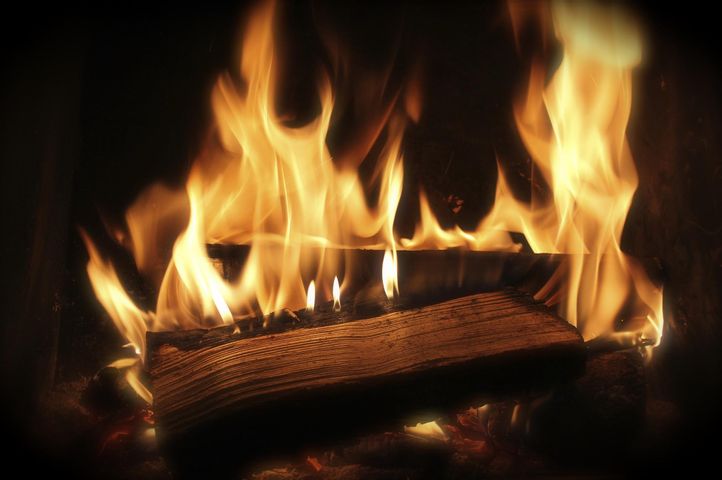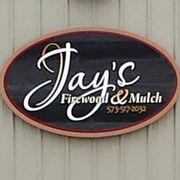How to Differentiate Between Unseasoned & Seasoned Firewood

Identifying unseasoned from seasoned firewood can be challenging to people who are not accustomed to burning wood. In the context of burning wood indoors, differentiating between the two types is very important. Unseasoned wood — or “green” wood — means the timber has yet to dry well enough that its moisture content matches its intended environment. While this does not mean that unseasoned wood is unusable, you have to be aware of the possibility of shrinkage that may occur. In Perryville, MO, Jay’s Firewood & Mulch is the area’s authority on all things related to mulch and firewood.
For non-experts who wish to be able to tell unseasoned from seasoned firewood, here are a few things to look out for:
Amount Of Moisture: Since unseasoned firewood has been freshly cut from a live tree, it still contains a significant amount of sap and water. On the other hand, seasoned firewood has been dried for a couple of years and has a moisture content of around 20%.
- Aesthetic Qualities: Seasoned wood typically has darkened ends with visible cracks and splits, and it’s lightweight as well. Unseasoned wood is notably heavier, and the ends look newer. Dry seasoned wood also produces a clear, clunky sound, while the unseasoned variant makes a rather dull “thud” sound when hit together.
- Burning Time: Because seasoned wood is cut and left to cure until the sap has completely evaporated, it takes a shorter period of time to get a fire going. Unseasoned wood, however, can take significantly longer to provide your desired heat. Burning seasoned wood also emits much more smoke and can increase the build-up of creosote in your chimney.
A professional mulch and firewood delivery company will explain the differences between unseasoned and seasoned firewood accurately. To request any of these services, call Jay’s Firewood & Mulch at (877) 492-2970 and visit their website to send questions and inquiries. Orders are delivered within 48 hours.
About the Business
Have a question? Ask the experts!
Send your question

